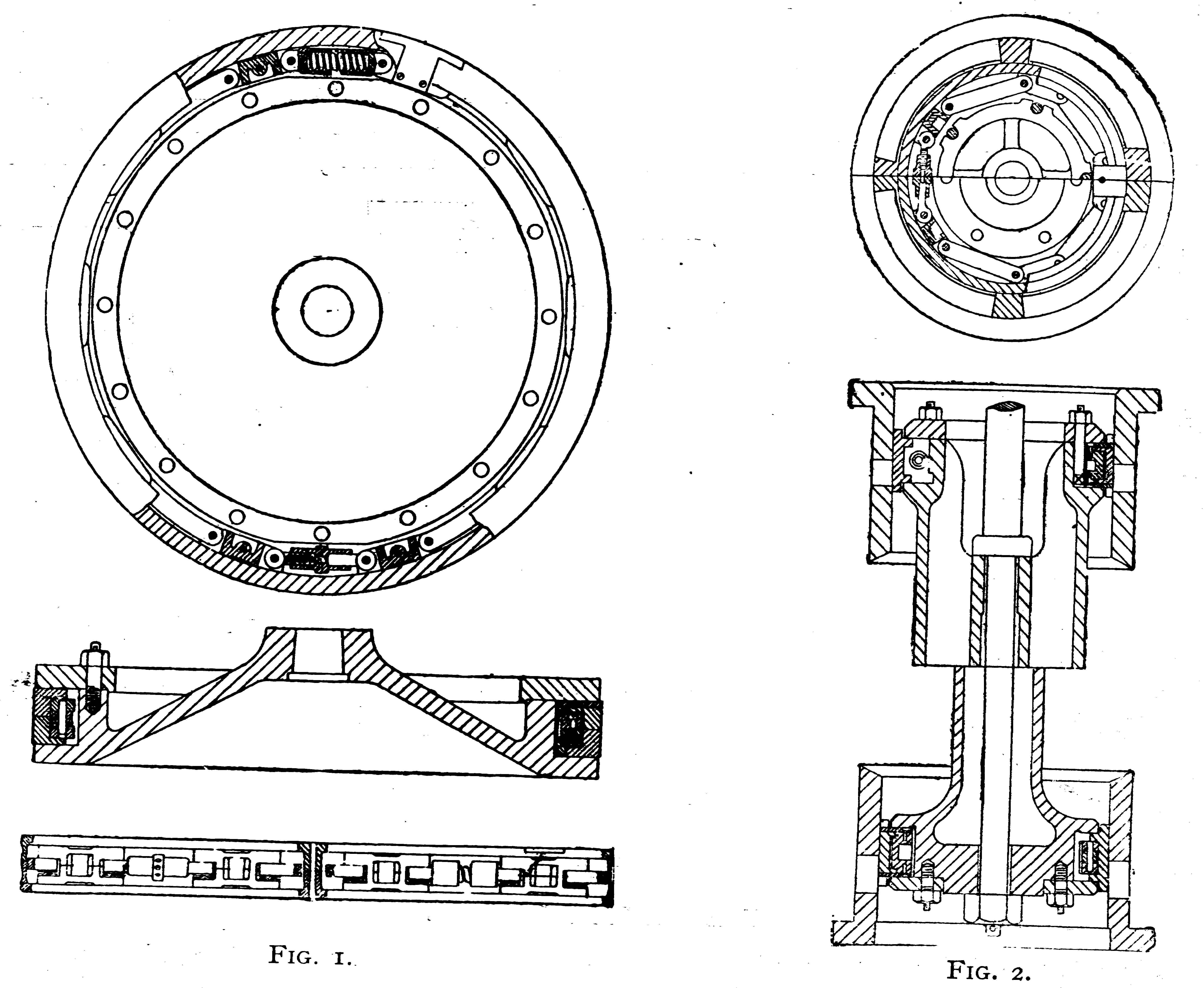
Haythorn and Stuart
HAYTHORN & STUART, Engineers and Brass Founders, Eastwood Works, Pollokshaws, Glasgow. Telegraphic address: Haythorn, Pollokshaws.
Amongst the more recent additions to the ranks of industrial enterprise in this great centre of activity, special distinction must be assigned to the important undertaking inaugurated about two years ago by Messrs. Haythorn and Stuart, Engineers, Brass Founders, etc., to which we have pleasure in directing the attention of our readers.
The premises occupied by the firm are of commodious proportions and are situated in convenient proximity to the railway, from which a siding provides facilities for the transit of materials and finished goods. The works cover a total area of about four acres, on which are erected the buildings requisite for the various departments, including spacious machine shops 250 feet in length and 32 feet wide, brass finishing and smiths shops of similar dimensions, and foundries fitted throughout with modern plant and machinery of improved construction, for which motive power is derived from a 40 h.p. engine. The other buildings comprise large pattern shop 50 feet by 30 feet, brass-finishing department, and extensive stores for material, &c.
The principal productions of the firm include the construction of plant and machinery for steel manufacturers, in which department they have recently completed an important contract for the fitting up of the Dumbarton Steel Works, and have also undertaken similar work in connection with the manufacture of machinery for the leading dyers and calico printers in the district ; they are also makers of all descriptions of marine and land engines.
Messrs. Haythorn and Stuart are also the patentees and sole makers of the patent Friction Clutch and Coupling illustrated below, an appliance designed to effect greater economy in the distribution of steam power and, consequently, fuel, and running shafting unnecessarily obviating the manifest danger of common clutches rapidity of application in stopping momentarily a line of shafting or any section of it in cases of accident, and possessing in every sense a marked advantage in the methods of starting and stopping machinery in motion.
The firm are also manufacturers of Haythorns patent pistons and piston valves, of which we also give illustrations. Those represent the nearest approach to perfection in theory and practice in these important parts of the mechanism of an engine, and have, after five years successful use, under all conditions of working, and up, to nearly 100 inches in diameter, justified the patentees in guaranteeing to the users of these pistons and valves an economy or increased effective power of at least 5 per cent, in each instance, beside the great saving in repairs, renewals, and disuse of lubricants. They are also patentees and makers of a practically perfect form of metallic packing for piston rods and plungers. Fuller details of these appliances are supplied in pamphlets, illustrated with plans and sections, to be obtained from the firm, who will at any time afford opportunities of inspection to those desirous of viewing their specialties in operation.
The works employ the services of a large staff of skilled
hands in the various departments under the experienced direction of the
principals, whose thoroughly practical knowledge of every branch of the business
ensures perfection of finished workmanship in the execution of all contracts and
orders entrusted to them for completion. In conclusion, we may mention that the
firm have already established a wide-spread and valuable connection in all parts
of the United Kingdom, their principal agencies being London, Mr. John G.
Hammond, junr., Seething House, Great Tower Street, E.C. ; South Wales, Mr. H.
G. Symonds, Bute Docks, Cardiff ; Newcastle-on-Tyne, Mr. Robert Perry, 3, Side ;
Lancashire and Yorkshire, Messrs. Stocks, Neave, & Co., 2, Parsonage, Manchester
; and for the East of Scotland, Mr. P. D. Mitchell, 108, Commercial Street,
Dundee.


Back to Index of Firms (1891)